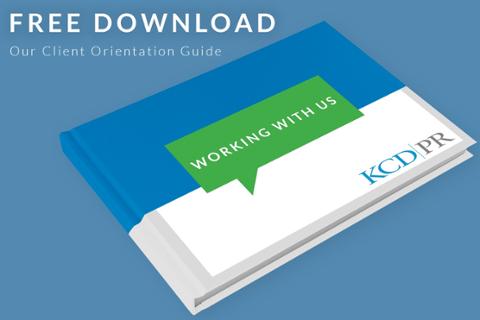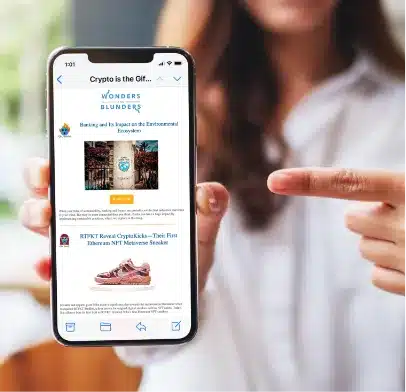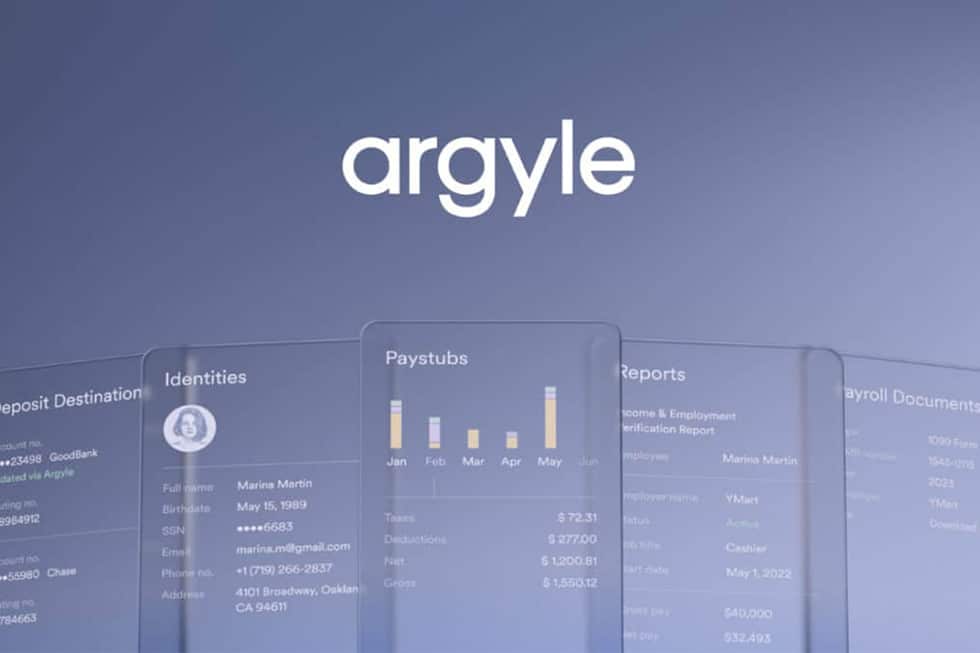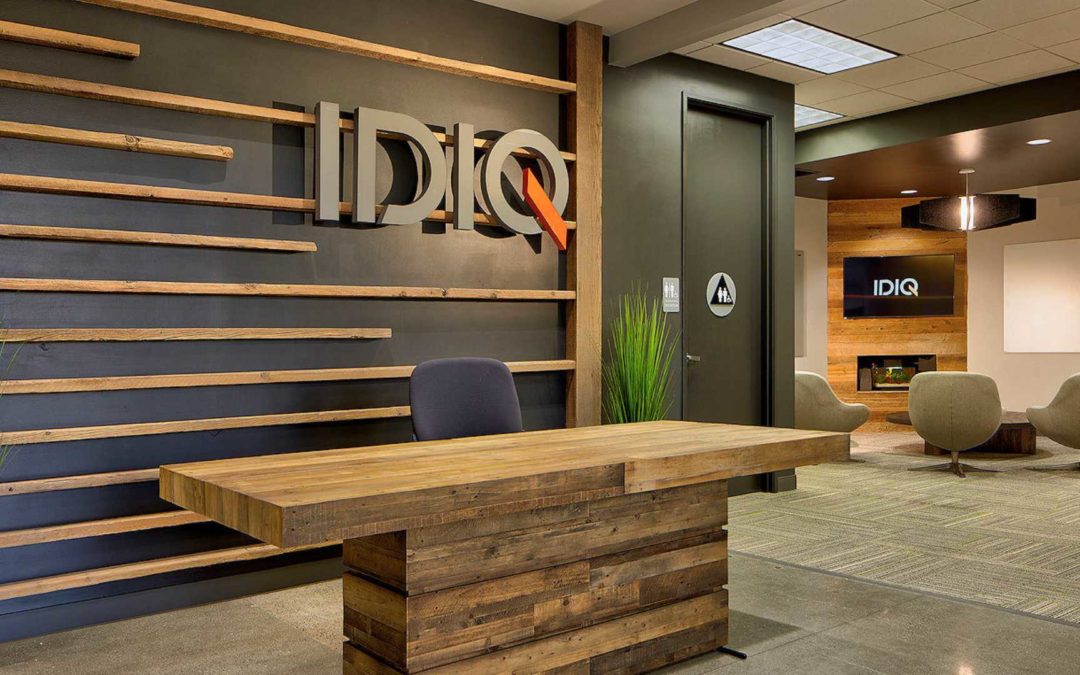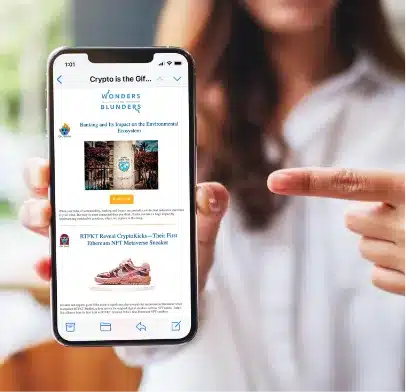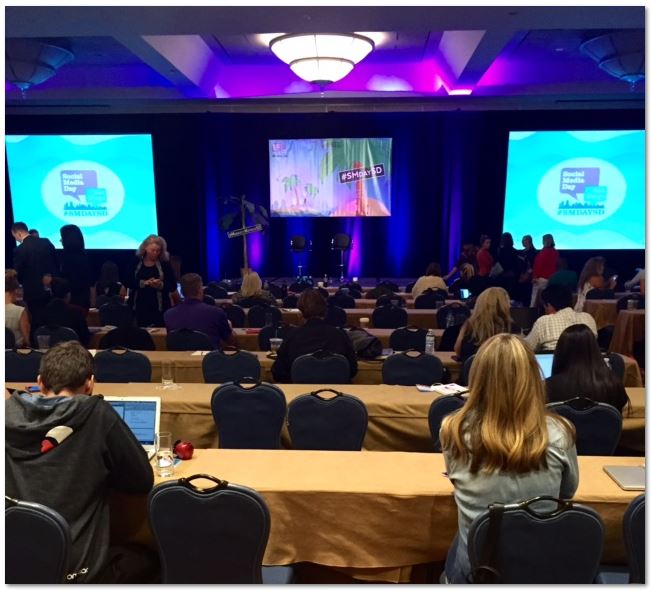
By way of social media it always seems as though a revolution in digital marketing is around the corner. Traditional ways of reaching customers, like mailers, email marketing and white papers, can no longer accomplish what they once could. Social Media Day San Diego made it crystal clear: customers are in the driver’s seat in today’s marketplace. We live in a time where customers are incredibly well-informed, so it’s our job as content marketers is to proactively provide them with educational content in an effort to draw their attention. In fact, the average amount of time before a person gets distracted is only eight seconds. This means that by the time a customer truly engages with your brand, they are well over half way through the traditional sales cycle and may have already made their decision.
Because social media is constantly evolving, it is our responsibility to re-work how and when to engage with this new breed of customer to ensure a consistent and powerful message is being delivered across all pertinent channels.
Here are a few key takeaways our team gleaned from this year’s Social Media Day San Diego:
- Target your audience’s needs before they even know what their needs are. An excellent waiter will refill your water glass when it’s half empty without you noticing or requesting more. Similarly, brands should utilize social media to anticipate and address their target audience’s needs. Social media is an incredibly efficient vehicle for interacting with your customers and servicing their needs, and when utilized properly it can shine a positive spotlight on your brand. Additionally, take note of how your brand can take social media to the next level because in today’s age it involves far more effort than simply establishing an account.
- Your customers are your community members. Daily dialog with your customers is a given, but are you making a lasting memory or impact on that customer? The first and single most important thing you can do to drive engagement on social media is to listen with a goal of understanding the big picture. The next step is making engagement and two-way communication convenient for your customer. People want to connect, but they don’t want to jump through a number of hoops before they can reach someone on the other end. Be available and be responsive.
- Video is taking over the Internet. Did you know that video content already makes up 79 percent of Internet traffic and will increase to 84 percent by 2018? Social networks are rapidly adopting native videos, which are videos that are uploaded to, or created on social networks and played in-feed, as opposed to linking to videos hosted on other sites. The objective is to contain the user experience within the channel. This is something brands and content marketers need to be particularly conscious of when posting because the auto-play function provides a great opportunity to catch peoples’ attention, but as a result, those first few seconds are crucial. As a content creator your video should speak to your customer’s needs and be compelling enough for it to be shared.
- Facebook has become more about business than pleasure. The flagship social network that many viewed as the primary channel for social engagement has evolved into a powerful tool for businesses to build professional network brand recognition, a dedicated community of followers and utilize closely targeted advertising. This transition started with Facebook “Pages” which were created to help businesses, organizations and brands share their stories and connect with people. Like personal profiles, you can customize “Pages” by publishing stories, adding photos and hosting events. Users that like your page, and potentially their friends, will receive updates in their news feed.
Fast forward to Facebook’s latest features which seem a lot more Amazon-like and a lot less Myspace-like. Targeted product ads and multi-product ads allow brands to upload their entire catalogue of products, and then create separate campaigns for each. Furthermore, businesses can let Facebook’s algorithm target the ads automatically to show the right product to the right audiences. Custom audience tools allow businesses to hone in on very specific user demographics with greater targeting capabilities. With the latest introduction of “buy” buttons and the ability to make payments directly through Facebook Messenger, Facebook has shifted its focus to marketing and ecommerce more than social engagement.
- LinkedIn is the most important channel for B2B businesses. With its superior networking capabilities coupled with a relatively new publishing platform, LinkedIn publisher is the tool that everybody needs to be on and no one seems to be employing. Many companies have a presence on LinkedIn (and if you don’t you should establish one now) but fail to utilize the tool’s full potential. Mike Stellzner discussed how to establish yourself as a thought leader while connecting with other experts by strategically using tags and focus keywords within the publishing tool. Don’t stop after you’ve written the blog, promote your work via other social media channels and link back to LinkedIn’s publishing tool. With exposure to a professional network and the ability to drive traffic to original content this tool is the ultimate channel for any B2B business
We came, we saw, we conquered… and we encourage you to put these takeaways into action. Our final lesson of the day was from Pat Flynn, self-proclaimed crash test dummy of online business, on the reasons these marketing and PR strategies may fail. If you take nothing else away from our experience just remember that, as Pat said, the pursuit of perfection and fear of rejection are your worst enemies. Don’t be afraid to try something new and if you find that you need a hand, we’re always here to help.
